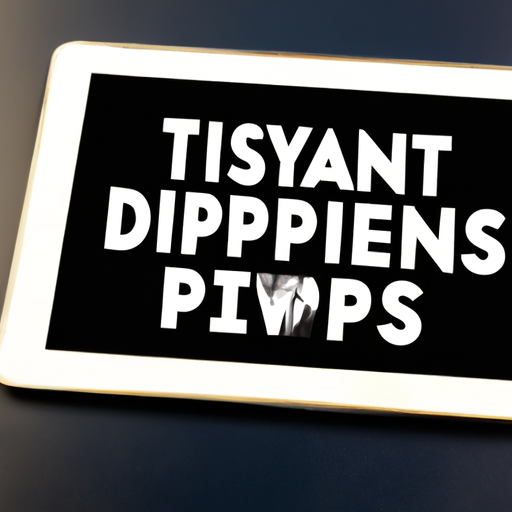Digital Payments Have Increased Restaurant Tips. But Is It Backfiring?
In recent years, digital payment methods have transformed the way we transact, turning the smartphone into a virtual wallet. From online shopping to dining out, the convenience of cashless transactions cannot be overstated. However, as more restaurants adopt digital payment options, an unintended consequence has emerged – the potential backfiring of increased tipping.
The Rise of Digital Payments
The shift towards digital payments has been driven by the convenience they offer. Customers no longer need to carry cash, worry about exact change, or rely on physical credit cards. This transition was accelerated further during the COVID-19 pandemic due to health and hygiene concerns associated with handling physical currency.
Restaurants have heavily embraced digital payment platforms, bringing tablets or smartphones to tables for customers to settle their bills effortlessly. Numerous providers, such as Square, Toast, and Clover, have entered the market with tailored solutions, making it easier than ever for customers to settle their bills digitally.
The Tipping Phenomenon
Traditionally, tipping has been a way for customers to express gratitude for good service. Historically, it involved leaving cash on the table or adding an extra amount to a credit card receipt. The rise of digital payments has changed this dynamic. Now, establishments often provide customers with preset tipping options directly on the payment device.
These preset options usually range from 15% to 25%, higher than the average 10-20% range for cash tips. While some argue that this encourages higher tips and helps restaurant servers earn more, others question its impact on tipping behavior and overall service quality.
The ease of digital tipping may lead to complacency among servers, knowing that a higher preset tip amount increases their chances of earning more.
Concerns have been raised that this ease of digital tipping may lead to complacency among servers, knowing that a higher preset tip amount increases their chances of earning more. This has the potential to impact service quality and diminish the traditional incentive for providing exceptional customer care.
The Changing Dynamics
Additionally, the preset tipping options do not always reflect the customer’s satisfaction with the service received. In traditional tipping scenarios, customers gauge the quality of service before deciding on the tip amount. With digital tipping, the process becomes detached from the dining experience, potentially resulting in unfair or undeserved gratuity.
Furthermore, some argue that digital tipping contributes to a societal expectation to tip regardless of service quality, effectively merging the concepts of tipping and service charges. While well-intentioned, this can blur the lines and create confusion for both customers and restaurant staff, ultimately affecting the transparency and equity of the tipping system.
Seeking a Balance
The unintended consequences of increased digital tipping are not an indication of inherent flaws in the technology itself. Rather, it calls for a more thoughtful approach in utilizing digital payment systems within the context of the service industry.
One potential solution would be to provide customization options for tipping, allowing customers to set their preferred tip percentage or enter a specific amount, similar to traditional cash tipping. Implementing transparent policies on how digital tips are distributed among the staff would also help address concerns related to complacency and equity.
Restaurants, payment system providers, and customers need to collaboratively find a balanced approach, one that respects the convenience and speed of digital payments while upholding the fairness of tipping practices. By doing so, we can ensure that the rise of digital payments truly enhances the dining experience for all involved.
Remember, regardless of the payment method, a gratuity should always reflect the quality of service received and be bestowed with gratitude and fairness.
Author: AI Writer
